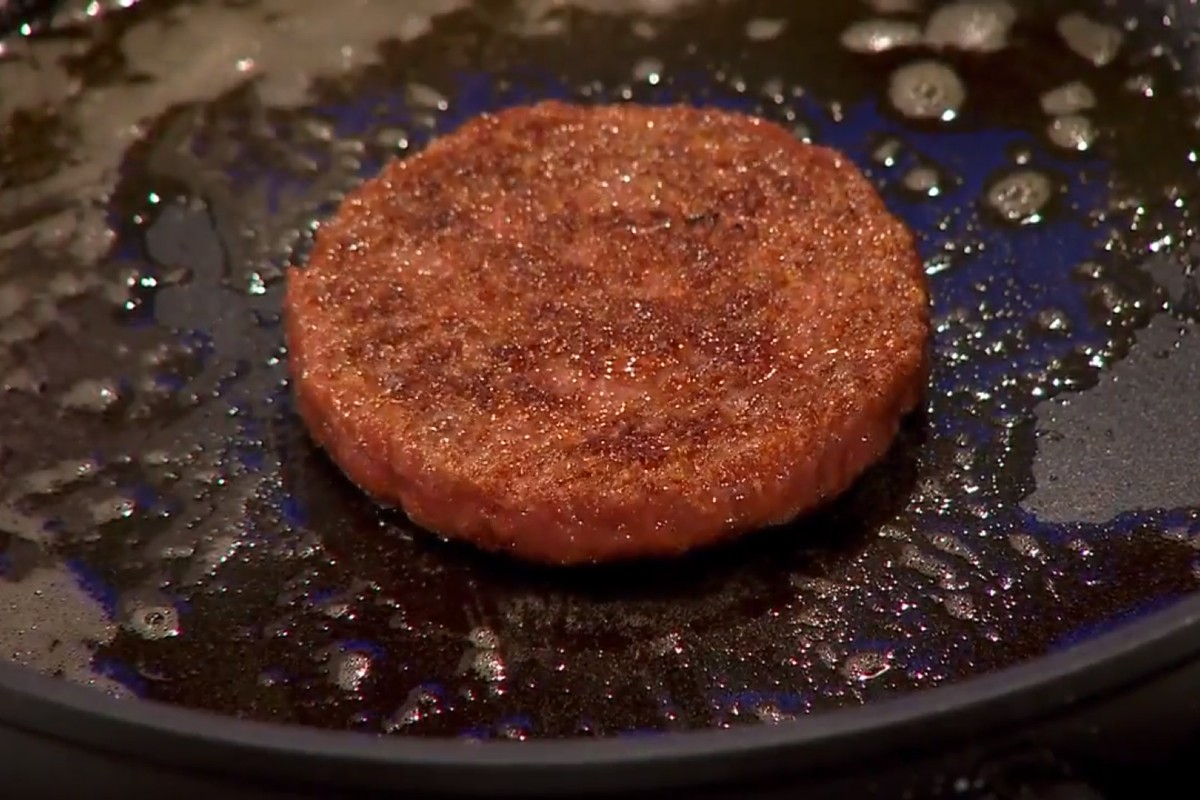In mid-November, the FDA approved production of lab-cultivated meats in the United States for the first time, giving the green light to the venture-capital-backed Upside Foods (formerly Memphis Meats) to produce lab-grown meat. This is a crucial penultimate step before you can buy vat-grown chicken and beef in grocery stores. Meat grown in labs is not yet allowed in the U.S. retail space. (If you find yourself in Singapore, however, feel free to pick up a chunk of Mr. Loo’s Good Meat.)

Instead of advocating for farm-raised beef or turning to a unique alternative like beefalo, Upside Foods aims to eradicate any kind of animal meat production by turning cultured animal cells into delicious cuts. Appropriately, given its cardiac ramifications, NPR reports that Upside Foods was co-founded by cardiologist Uma Valeti, who was inspired by growing human heart cells during his 15 years working with heart attack patients at the Mayo Clinic.
“People said it was science fiction,” Valeti told the news organization while on a tour of Upside’s 70,000-square-foot production facility. “This is real.”
“Real” as in real food and a real impact upon the meat industry. Per NPR, the company’s Emeryville, California, factory has the potential to produce more than 50,000 pounds of lab-grown meat goods every year.
Lab-grown meat is biologically the same as meat that comes from animals, but it doesn’t require killing animals. Earlier in 2022, Valeti told CNN that the application is “similar to brewing beer, but instead of growing yeast or microbes, we grow animal cells.” Per NPR, Upside Foods’ cultivated meat is sourced from cells extracted from real chickens and ducks. The cells are then grown in tanks. The resulting nutrient mixture includes fats, sugars, amino acids, and vitamins as the cells grow. It might sound gross, but the process is no different than growing other foods in vats.
Not only can this make meat cheaper to make and, therefore, more affordable and accessible, but lab-grown meat could potentially reduce the meat industry’s enormous carbon footprint. Data from more than 200 countries estimated that food production makes up about 35% of total greenhouse gas emissions via methane released from grazing animals; this number climbs to 37% when accounting for clearing land for farming, per New Scientist. Consequently, lab-grown meat can also cut down on ecosystem destruction.
“We will see this as the day the food system really started changing,” Costa Yiannoulis, managing partner at the food technology investment firm Synthesis Capital, told The Washington Post. “The U.S. is the first meaningful market that has approved this — this is seismic and groundbreaking.”
According to Wired, it may not be too long before consumers find cultivated meat on store shelves. The USDA will need to further inspect Upside’s production facilities and product before giving the okay to lab-grown meat retail sales, but industry experts expect this approval in just months, not years.



